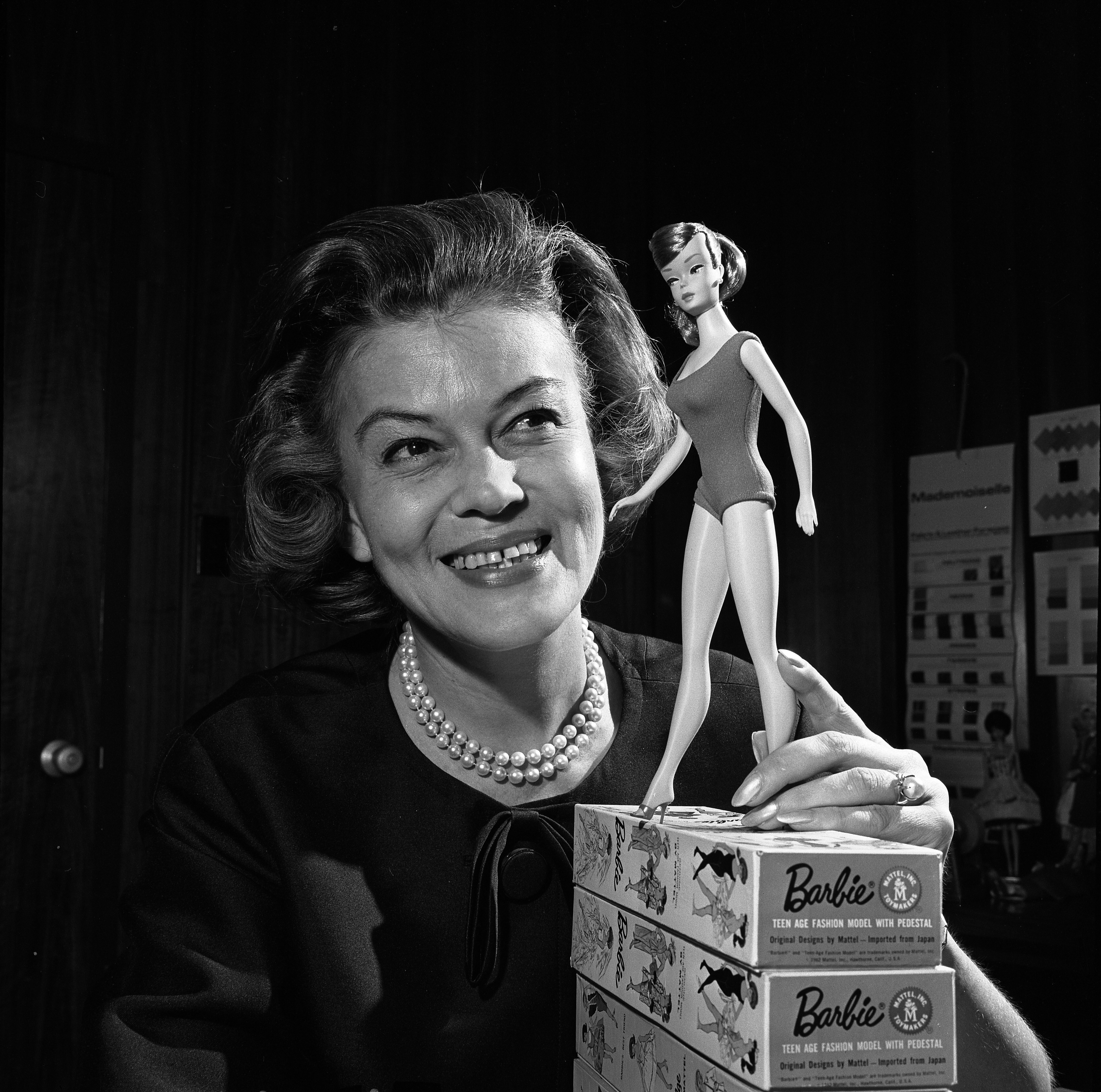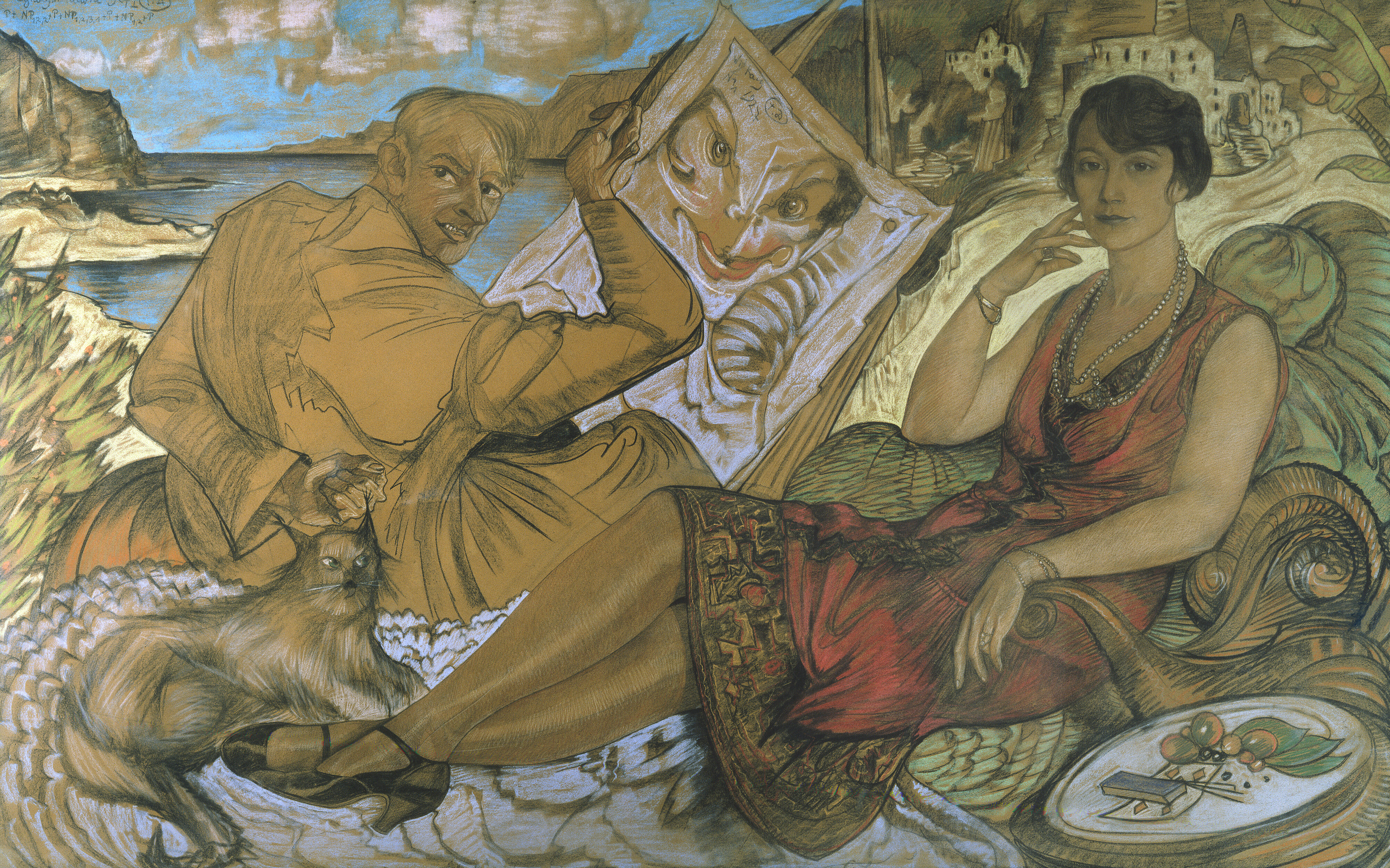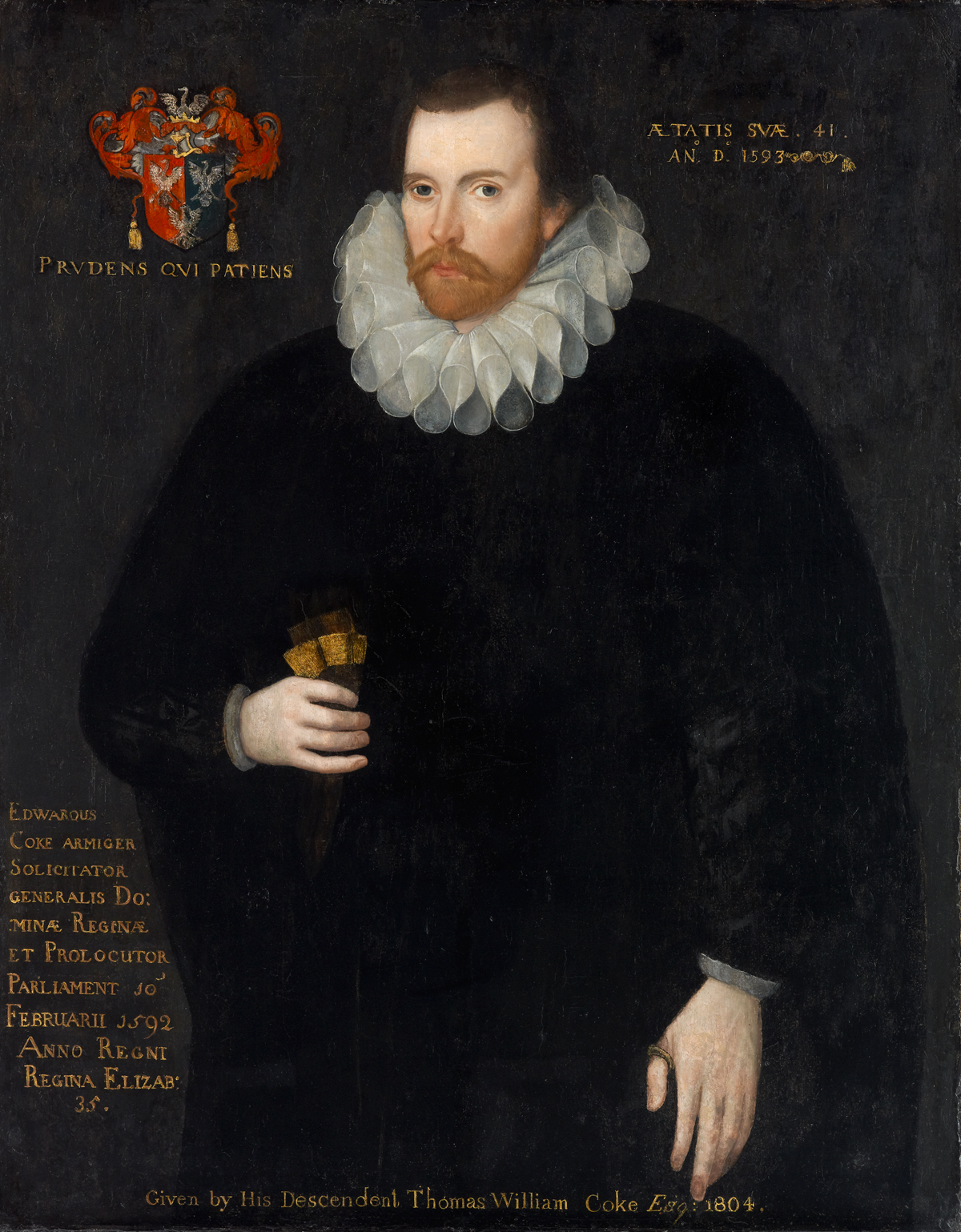|
Passing Off In Canadian Law
In Canada, passing off is both a common law tort and a statutory cause of action under the Canadian ''Trade-marks Act'' referring to the deceptive representation or marketing of goods or services by competitors in a manner that confuses consumers. The law of passing off protects the goodwill of businesses by preventing competitors from passing off their goods as those of another. The protection afforded by the law of passing off protects only the association between a product and its producer and not to the product itself - primarily, it protects a producer's investment in making a product or service distinguishable in the marketplace through the use of distinctive features such as marks, letters, advertising material or slogans, colours, and sounds. Basis of passing off claims Common law tort of passing off As a common law action, the tort of passing off was developed by courts to protect a plaintiff from harm to their business caused by unfair competition through deceptive m ... [...More Info...] [...Related Items...] OR: [Wikipedia] [Google] [Baidu] |
Passing Off
Passing off is a common law tort which can be used to enforce unregistered trade mark rights. The tort of passing off protects the goodwill of a trader from misrepresentation. The law of passing off prevents one trader from misrepresenting goods or services as being the goods and services of another, and also prevents a trader from holding out his or her goods or services as having some association or connection with another when this is not true. Passing off and trade mark law A cause of action for passing off is a form of intellectual property enforcement against the unauthorised use of a get-up (the whole external appearance or look-and-feel of a product, including any marks or other indicia used) which is considered to be similar to that of another party's product, including any registered or unregistered trademarks. Passing off is of particular significance where an action for trade mark infringement based on a registered trade mark is unlikely to be successful (due to t ... [...More Info...] [...Related Items...] OR: [Wikipedia] [Google] [Baidu] |
Chief Justice Of Canada
The chief justice of Canada (french: juge en chef du Canada) is the presiding judge of the nine-member Supreme Court of Canada, the highest judicial body in Canada. As such, the chief justice is the highest-ranking judge of the Canadian court system. The ''Supreme Court Act'' makes the chief justice, a Crown in Council appointment, meaning the Crown acting on the advice of the prime minister and minister of justice. The chief justice serves until they resign, turn 75 years old, die, or are removed from office for cause. By tradition, a new chief justice is chosen from among the court's incumbent puisne justices. The chief justice has significant influence in the procedural rules of the Court, presides when oral arguments are held, and leads the discussion of cases among the justices. The chief justice is also deputy governor general, ''ex-officio'' chairman of the Canadian Judicial Council, and heads the committee that selects recipients of the Order of Canada. Additionally, a ... [...More Info...] [...Related Items...] OR: [Wikipedia] [Google] [Baidu] |
Barbie
Barbie is a fashion doll manufactured by American toy company Mattel, Inc. and launched on March 9, 1959. American businesswoman Ruth Handler is credited with the creation of the doll using a German doll called Bild Lilli as her inspiration. Barbie is the figurehead of a brand of Mattel dolls and accessories, including other family members and collectible dolls. Barbie has been an important part of the toy fashion doll market for over six decades and has been the subject of numerous controversies and lawsuits, often involving parodies of the doll and her lifestyle. Mattel has sold over a billion Barbie dolls, making it the company's largest and most profitable line. The brand has expanded into a long-running multimedia franchise since the late 1980s, including video games and CGI/computer-animated films, the latter which began in 2001, became originally available on home video formats and broadcast regularly on the Nickelodeon cable channel in the United States from 2002 ... [...More Info...] [...Related Items...] OR: [Wikipedia] [Google] [Baidu] |
Mega Bloks
Mega Brands Inc. (formerly Mega Bloks Inc. and Ritvik Holdings) is a Canadian children's toy company currently owned by Mattel. Mega Bloks, a line of construction set toys, is its most popular product. Its other brands include Mega Construx, Mega Puzzles, Board Dudes and Rose Art. The company distributes a wide range of construction toys, puzzles, and craft-based products. In 2016, Mega Brands' Bloks was second in worldwide sales (11%) of toy construction building sets. History Ritvik Holdings In 1967, Victor Bertrand and his wife Rita founded the company as Ritvik Holdings (RH). Ritvik is a portmanteau word based on a combination of ''Rit''a and ''Vic''tor. RH began by distributing toys made outside Canada and also facilitated contracts between foreign brands and Canadian manufacturers.Mega Bloks Inc. Ritvik later became a vertically integrated company as it expanded by adding plastic injection molding operations, design operations, tooling manufacturers, and marketing service ... [...More Info...] [...Related Items...] OR: [Wikipedia] [Google] [Baidu] |
Lego
Lego ( , ; stylized as LEGO) is a line of plastic construction toys that are manufactured by The Lego Group, a privately held company based in Billund, Denmark. The company's flagship product, Lego, consists of variously colored interlocking plastic bricks accompanying an array of gears, figurines called minifigures, and various other parts. Lego pieces can be assembled and connected in many ways to construct objects, including vehicles, buildings, and working robots. Anything constructed can be taken apart again, and the pieces reused to make new things. The Lego Group began manufacturing the interlocking toy bricks in 1949. Movies, games, competitions and eight Legoland amusement parks have been developed under the brand. , 600 billion Lego parts had been produced. History The Lego Group began in the workshop of Ole Kirk Christiansen (1891–1958), a carpenter from Billund, Denmark, who began making wooden toys in 1932. In 1934, his company came to be called ... [...More Info...] [...Related Items...] OR: [Wikipedia] [Google] [Baidu] |
Deceit
Deception or falsehood is an act or statement that misleads, hides the truth, or promotes a belief, concept, or idea that is not true. It is often done for personal gain or advantage. Deception can involve dissimulation, propaganda and sleight of hand as well as distraction, camouflage or concealment. There is also self-deception, as in bad faith. It can also be called, with varying subjective implications, beguilement, deceit, bluff, mystification, ruse, or subterfuge. Deception is a major relational transgression that often leads to feelings of betrayal and distrust between relational partners. Deception violates relational rules and is considered to be a negative violation of expectations. Most people expect friends, relational partners, and even strangers to be truthful most of the time. If people expected most conversations to be untruthful, talking and communicating with others would require distraction and misdirection to acquire reliable information. A significant amount ... [...More Info...] [...Related Items...] OR: [Wikipedia] [Google] [Baidu] |
Consumer Protection
Consumer protection is the practice of safeguarding buyers of goods and services, and the public, against unfair practices in the marketplace. Consumer protection measures are often established by law. Such laws are intended to prevent businesses from engaging in fraud or specified unfair practices in order to gain an advantage over competitors or to mislead consumers. They may also provide additional protection for the general public which may be impacted by a product (or its production) even when they are not the direct purchaser or consumer of that product. For example, government regulations may require businesses to disclose detailed information about their products—particularly in areas where public health or safety is an issue, such as with food or automobiles. Consumer protection is linked to the idea of consumer rights and to the formation of consumer organizations, which help consumers make better choices in the marketplace and pursue complaints against businesses. ... [...More Info...] [...Related Items...] OR: [Wikipedia] [Google] [Baidu] |
Competition Law
Competition law is the field of law that promotes or seeks to maintain market competition by regulating anti-competitive conduct by companies. Competition law is implemented through public and private enforcement. It is also known as antitrust law (or just antitrust), anti-monopoly law, and trade practices law. The history of competition law reaches back to the Roman Empire. The business practices of market traders, guilds and governments have always been subject to scrutiny, and sometimes severe sanctions. Since the 20th century, competition law has become global. The two largest and most influential systems of competition regulation are United States antitrust law and European Union competition law. National and regional competition authorities across the world have formed international support and enforcement networks. Modern competition law has historically evolved on a national level to promote and maintain fair competition in markets principally within the territorial boun ... [...More Info...] [...Related Items...] OR: [Wikipedia] [Google] [Baidu] |
Ontario Court Of Appeal
The Court of Appeal for Ontario (frequently referred to as the Ontario Court of Appeal or ONCA) is the appellate court for the province of Ontario, Canada. The seat of the court is Osgoode Hall in downtown Toronto, also the seat of the Law Society of Ontario and the Divisional Court of the Ontario Superior Court of Justice. Description The Court is composed of 22 judicial seats, in addition to one or more justices who sit supernumerary. They hear over 1,500 appeals each year, on issues of private law, constitutional law, criminal law, administrative law and other matters. The Supreme Court of Canada hears appeals from less than 3% of the decisions of the Court of Appeal for Ontario, therefore in a practical sense, the Court of Appeal is the last avenue of appeal for most litigants in Ontario. Among the Court of Appeal's most notable decisions was the 2003 ruling in ''Halpern v Canada (AG)'' that found defining marriage as between one man and one woman to violate Section 15 of th ... [...More Info...] [...Related Items...] OR: [Wikipedia] [Google] [Baidu] |
Federal Court Of Canada
The Federal Court of Canada, which succeeded the Exchequer Court of Canada in 1971, was a national court of Canada that had limited jurisdiction to hear certain types of disputes arising under the federal government's legislative jurisdiction. Originally composed of two divisions, the Appellate Division and the Trial Division, in 2003 the Court was split into two separate Courts, the Federal Court and the Federal Court of Appeal. The jurisdiction and powers of the two courts remained largely unchanged from the predecessor divisions. The court used facilities as the Supreme Court of Canada Building as well as Thomas D'Arcy McGee Building and registry office at 90 Elgin Street. History Pre-Confederation to Confederation Prior to Confederation, the predominantly English-speaking Canada West (which succeeded Upper Canada) and the predominantly French-speaking Canada East (which succeeded Lower Canada) each had a separate system of courts. During pre-Confederation negotiations, ... [...More Info...] [...Related Items...] OR: [Wikipedia] [Google] [Baidu] |
Court System Of Canada
The court system of Canada forms the country's judiciary, formally known as "The King on the Bench", which interprets the law and is made up of many courts differing in levels of legal superiority and separated by jurisdiction. Some of the courts are federal in nature, while others are provincial or territorial. The Constitution of Canada gives the federal government the exclusive right to legislate criminal law, while the provinces have exclusive control over much of civil law. The provinces have jurisdiction over the Administration of Justice in their territory. Almost all cases, whether criminal or civil, are heard in provincially or territorially established courts. The quite small system of federal courts only hears cases concerned with matters which are under exclusive federal control, such as federal taxation, federal administrative agencies, intellectual property, some portions of competition law and certain aspects of national security. The federal courts also have jurisd ... [...More Info...] [...Related Items...] OR: [Wikipedia] [Google] [Baidu] |




